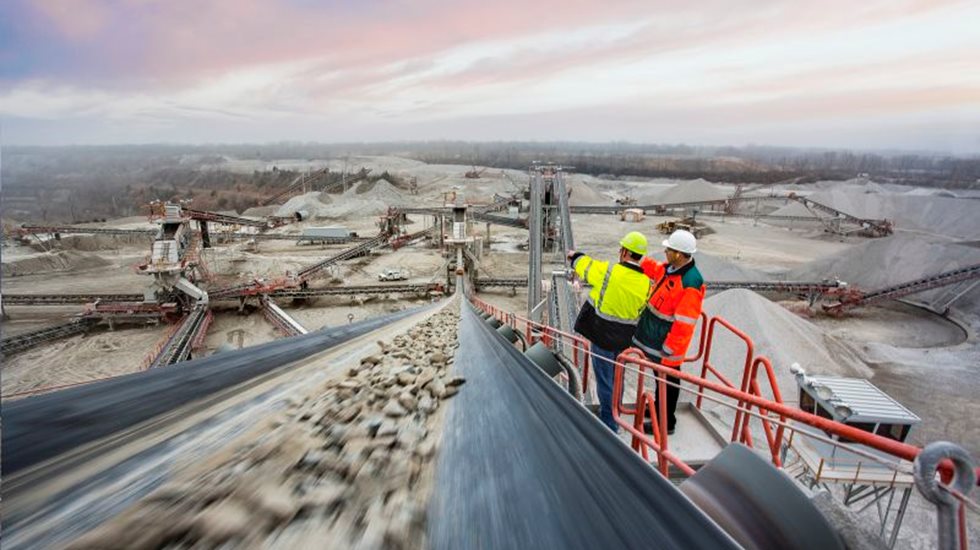Transporting minerals from a mine can account for a large percentage of total mining costs. Consequently, conveying systems have been a popular solution to increase operational efficiency. The challenge is that conveyors typically operate in extremely demanding conditions: dirty environments, intense heat, high moisture, and very low temperatures. If poorly maintained, a conveyor may experience rapid belt wear and component failure, with consequent stoppages and downtime. This has a corresponding negative impact on productivity and profits. That is why it is important to raise awareness on some of the most common issues with conveyors and how the problems can be solved and prevented in the future.
1. Belt Mistracking
Problem: Belt mistracking occurs when your belt comes off track from its desired path. Belt mistracking is a serious problem that can lead to belt damage, equipment damage, and material spillage. There are many reasons that the belt mistracks such as inadequate belt tension, asymmetric loading, incorrect splicing, components out of square, and material build-up on components and structures.
Solution: The best solution is to find the root cause of the mistracking to prevent future issues. Performing a conveyor audit can help identify all potential causes of the mistracking in order to pinpoint the right solution. If the conveyor is experiencing minor mistracking, self-training idlers can be used to correct the belt track and ensure it continues to run straight in the future.
2. Material Carryback
Problem: Conveyor carryback occurs when small amounts of material adhere to the belt. This can lead to accumulation of material under the conveyor system or buildup on idler rolls and pulleys. Some materials, such as sticky clay and certain mineral ores are more prone to carryback than others. While the amount of carryback may seem negligible, over time it adds up to tonnes of material that must be taken care of a second time. Conveyor carryback also represents a safety and environmental hazard, adds to clean up costs, and generally prevents the conveyor system from performing at its best.
Solution: One simple solution is to install belt cleaners that are designed to prevent carryback. Their upfront capital cost is offset by their many benefits. Reducing fugitive material saves maintenance costs and creates a safer working environment. Additionally, a clean belt will reduce premature roller failure, increase belt life, and keep the system running optimally.

